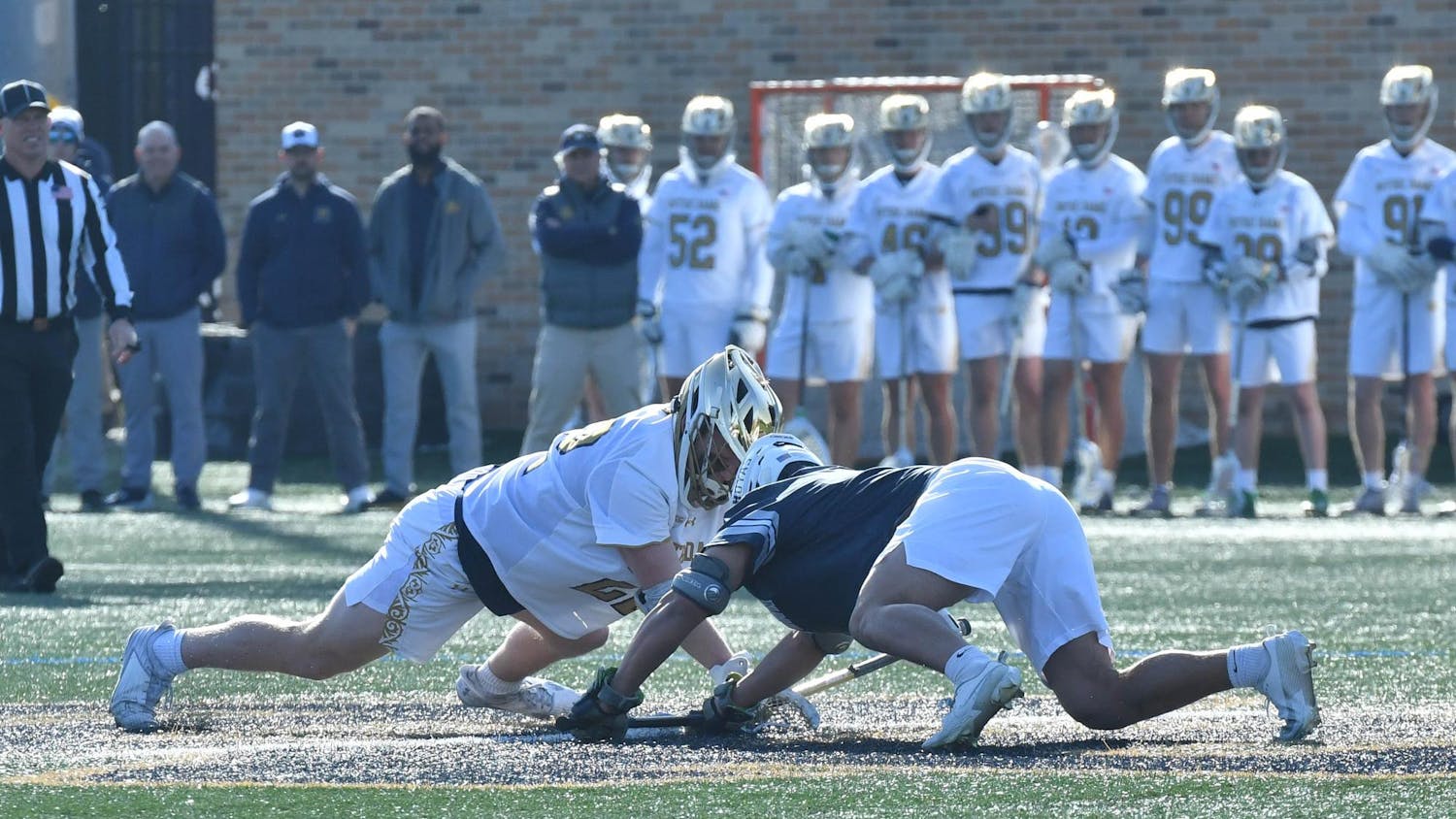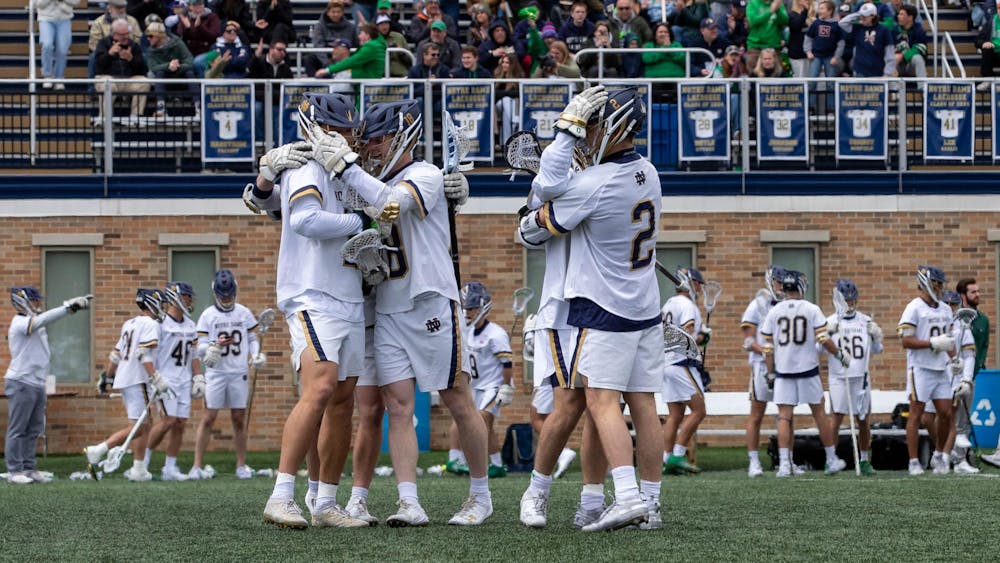Last year’s playoff bubble gave the NBA a rare opportunity to experiment with a major rule change. The league instituted a play-in tournament in which the ninth seed — if it was within four games of the eight seed — would play a short series to see which team advanced to the playoffs. The eighth seed only needed to win one game, while the ninth needed to win two. We were treated to an exciting, down to the wire matchup between the Portland Trailblazers and Memphis Grizzlies. Last year’s success showed that this proposal should be a permanent fixture for years to come in the league.
All teams within six games of the eighth seed were invited to participate in the Orlando-based bubble to restart the 2020 season. However, with only eight seeding games, a team like the Phoenix Suns — who entered the bubble six games back and with four teams between them and the eighth seed — would have had a minuscule chance to make the playoffs. Instead, the Suns went 8-0, and only a one-point win by the Portland Trailblazers kept them out of the play-in contest. Without the added incentive, the Suns might have simply thrown the towel in, resting their star players in an attempt to get a higher draft pick. Instead, they provided one of the best storylines of the bubble.
The NBA announced that the play-in tournament would be expanded for the 2020-21 season to include four teams in each conference. The team that finishes the regular season with the seventh-best record in the conference will host the eight-best team, with the winner earning a trip to the playoffs as the seventh seed. The team with the ninth-best record will host the tenth team. The loser in that contest will be eliminated, while the winner will play the loser of the seven-eight game for the eight seed.
The proposal has faced some backlash, most notably from Dallas Mavericks star Luka Doncic and owner Mark Cuban. LeBron James has also argued vehemently against it, recently saying whoever came up with the idea “should be fired.” They all argued that a 72-game regular season should decide the playoffs, not two play-in games, especially at the end of a grueling regular season schedule. This is certainly a valid criticism, as in some sense it invalidates an entire season of work should you not advance. Yet, we see an even more extreme version in the MLB: A one game, winner-take-all wild card contest which comes on the heels of a 162 game regular season.
This year, we only see a half-game gap between the eighth and tenth-best teams in the Western Conference. There is definitely some merit to the criticism that a seventh seed should not have to compete with a team seven or eight games behind it in the standings, and allow just two games to make up the difference. However, at the time of writing, there is a 3.5 game gap between the seventh and tenth teams in the Eastern Conference, and five games separating the two in the East. These margins are certainly close enough to justify a play-in tournament.
Another criticism is that the lower seeds are often mediocre as it is, and the league is now allowing even worse teams to play in the postseason. This is also a good point — teams like the San Antonio Spurs, the Washington Wizards and the Chicago Bulls are certainly not championship contenders. Even without the additional teams, sub .500 teams occasionally sneak into the playoffs as the eight seed. That doesn’t mean these games can’t produce top class entertainment however. Who wouldn’t want to watch Russell Westbrook battle Zack LaVine for a spot in the playoffs?
The play-in tournament replicates the excitement of March Madness on a much smaller scale, bringing the excitement, passion and energy that the early rounds of the playoffs often lack. There’s not much enjoyment, unless you are a fan of a top team, in seeing the Brooklyn Nets or Philadelphia 76ers dismantle a clearly inferior opponent in five games. Now, these teams get to compete for the right to lose in five games. In all seriousness, though, the play-in tournament provides some much-needed drama to the early rounds of the playoffs, even if none of the teams involved will compete for the championship. It does provide an additional opportunity for potential Cinderella runs. We never thought a 16-seed could be a 1-seed in the NCAA tournament until it happened. We might just see a 10-seed who would otherwise have missed the playoffs make a run to the NBA Finals.
There are some added benefits, as well. The league has been searching for years for ways to discourage tanking. The draft lottery has done little to fix the problem. This may be the solution, however. In a normal year, a team like the Bulls would have likely completely given up, as they sit 6.5 games back of the eighth spot. Now, they are only three games out of a play-in spot. Of course, there will still be some degree of tanking. The Detroit Pistons, Minnesota Timberwolves, Houston Rockets and Orlando Magic are engaged in a race to the bottom of the standings. Without the play-in tournament, they would be joined by a number of additional teams this late in the season. Tanking is not good for the sport, the fans, or the players. It might be good for the teams in the long-run, but it should still be discouraged, and this has proven to be a brilliant method for combating it.
While the play-in proposal has not been met with open arms by all, once this year’s playoffs begin, and fans see the excitement that it adds to the postseason, it will become much more popular. Players and owners will eventually come around to it, too, and it is good for the league because more playoff games means more revenue. Many great changes faced early opposition, and the league should not back down. The play-in tournament has already proven to be fantastic for the sport, and it should be here to stay.













